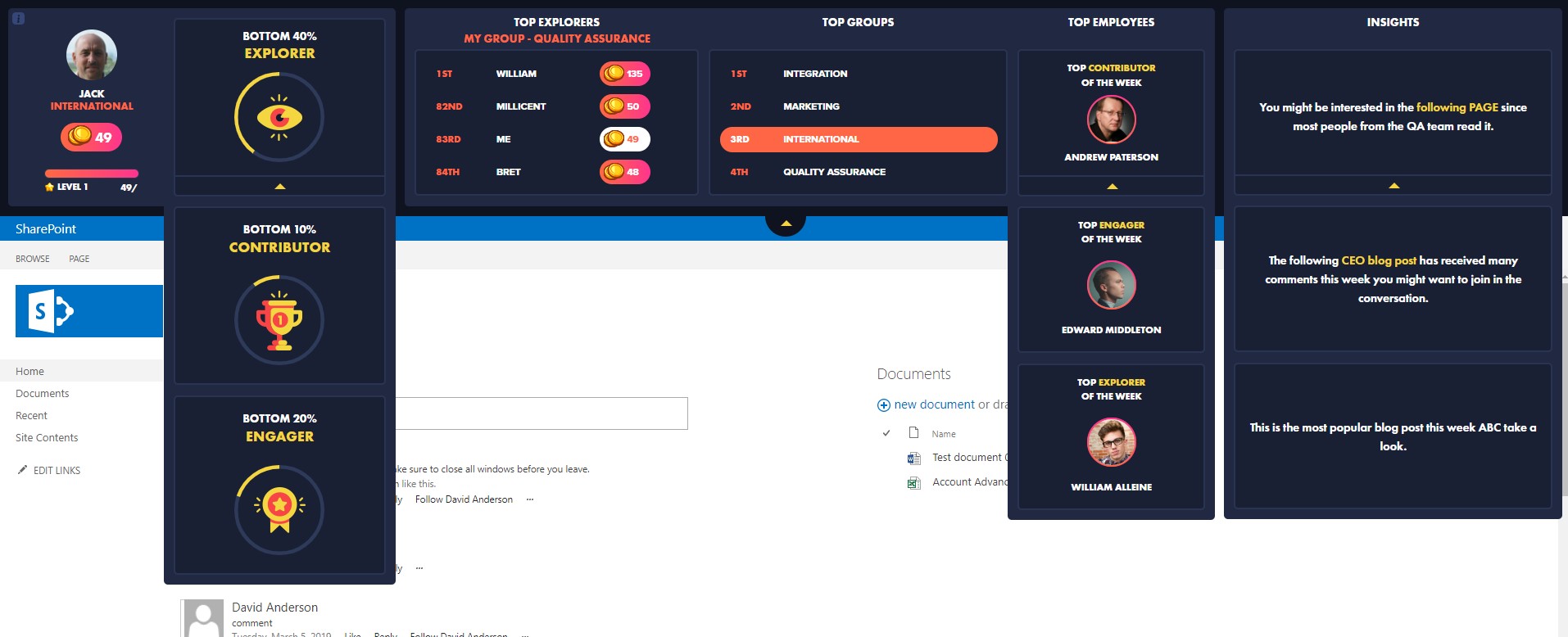In this day and age, data is integral to everything you do. Data is produced at a pace that most organizations find difficult to keep up with. And it’s not just any data – you are dealing with big data! Traditional tools for processing, handling, and storing these data are no longer enough. This is when augmented analytics comes into the picture. Discover whether this is the solution you need to help cope with data management within your organization.
What is Augmented Analytics?
In order to fully understand its capabilities, it is important to define augmented analytics first. The simplest way to define it is the use of technologies like artificial intelligence and machine learning when storing, handling, or sharing analytics or data.
It was the global advisory firm Gartner that first used the concept of augmented analytics. It was utilized in every aspect of the data analytics cycle – from the discovery of data to unraveling the insights behind those data. However, it goes one step further as the use of the data is also automated for all users. It is important to emphasize “all” users in this because there was a time when handling and analyzing data was left to the so-called IT specialists.
Nowadays, augmented analytics has enabled data to be accessible to a wide range of users, even those who are not well-versed in all aspects of data analytics. In particular, business users have been able to understand the insights behind data instead of leaving it off to data analytics experts.
There are several components that make up augmented analytics and each of them plays a vital role in facilitating ease of data usage. It starts with data preparation that involves the ETL (extract, transfer, load) method. There are different algorithms used in this step.
The next one is automated analytics. The discovery process of data is automated in order to quickly identify relevant changes in data, such as prevailing trends. By automating, it makes it easier to formulate insights about the data in question. This is particularly beneficial when handling large data sets.
Natural language processing and generation is another crucial element in augmented analytics. NL is commonly seen in business intelligence, which allows the interpretation of text or voice data. This allows for the analysis of a larger scope of data than what was previously known.
Finally, there is machine-assisted insight. It involves the use of visualization tools like charts to ‘see’ data clearly and perform deeper analysis.

How to Leverage Augmented Analytics
Leveraging this technology is the secret to gaining a competitive advantage. It will also help to reduce the analytic load within your organization while expanding your capabilities for handling big data.
There are several ways that you can leverage augmented analytics to take your business to the next level. Here are some of them:
- Use it to identify risks and opportunities as they arise
- Use it to add capabilities to your existing software and tools
- Use it to expand on your data reporting
- Use it to perform analysis on large volumes of data with reliability
- Use it to ask deeper questions
- Use it to empower your team to take over the analysis process
- Use it to analyze trends in real time and predict future data trends
- Use it to reduce time spent organizing data manually

Benefits of Using Augmented Analytics
How does augmented analytics benefit your organization? Before you integrate it into your business intelligence processes, it is important to break down the benefits that you can get to see if it’s worth the disruption.
1. Efficient Data Preparation
Before augmented analytics, data scientists and engineers spend 80% of their time preparing data manually. This approach is too time-consuming and wastes precious resources for your organization. By augmenting data preparation, you can gather data at a more efficient speed. This can be done with the use of algorithms rather than relying on manual processes. The automated data preparation will only take a fraction of what it used to take for you to do the same job.
The long-term impact of it can benefit your organization in terms of productivity and efficiency.
2. Boost Data Literacy
Organizations typically handle a large amount of data at a time. Everyone in your team must be capable of analyzing and interpreting this data, not just experts. By employing augmented analytics, you can promote data literacy and empower all members of your team. It is one of the critical steps you can take to promote a data-led culture within your organization.
3. Eliminate Bias
When handling and processing data within your organization, it is important to use no bias. It is not uncommon for members of your team to have assumptions and these assumptions can impact the way you analyze data. Instead of using this approach, it is best to look at data objectively rather than using it to support your assumptions. That way, you do not lose sight of what the data is telling you.
4. Faster Data Analysis
Instead of manually evaluating and analyzing data, augmented analytics makes it easier to correlate, segment, outline, and assess data. The use of ML algorithms makes this possible. You can identify trends and predict future trends based on what the data is telling you.
5. Democratize Insights
Augmented analytics enable all members of your team to have access to insights from data. Regardless of the role of every member of the team, everyone is able to have access to data and formulate analysis out of that. This leaves the data scientists and engineers to handle the high-value tasks (or the core functions) while also making collaboration more seamless.
The Bottom Line
The use of augmented analytics has produced positive results for those companies that utilized them. It has directly impacted businesses in terms of decision-making and improving efficiency. As augmented analytics continue to improve, so will the benefits that companies will get to enjoy from them.
It is important for organizations to be realistic in setting expectations realistically rather than wanting quick results. Once you implement it, it has to integrate into your existing processes and is given adequate time to mature.
Related Topics:
- Starter’s Guide to Augmented Analytics
- SharePoint AI: Using Augmented Analytics for Data-Driven Decisions
- Tips for Interpreting a Click Map Report














 Follow @cardiolog
Follow @cardiolog 